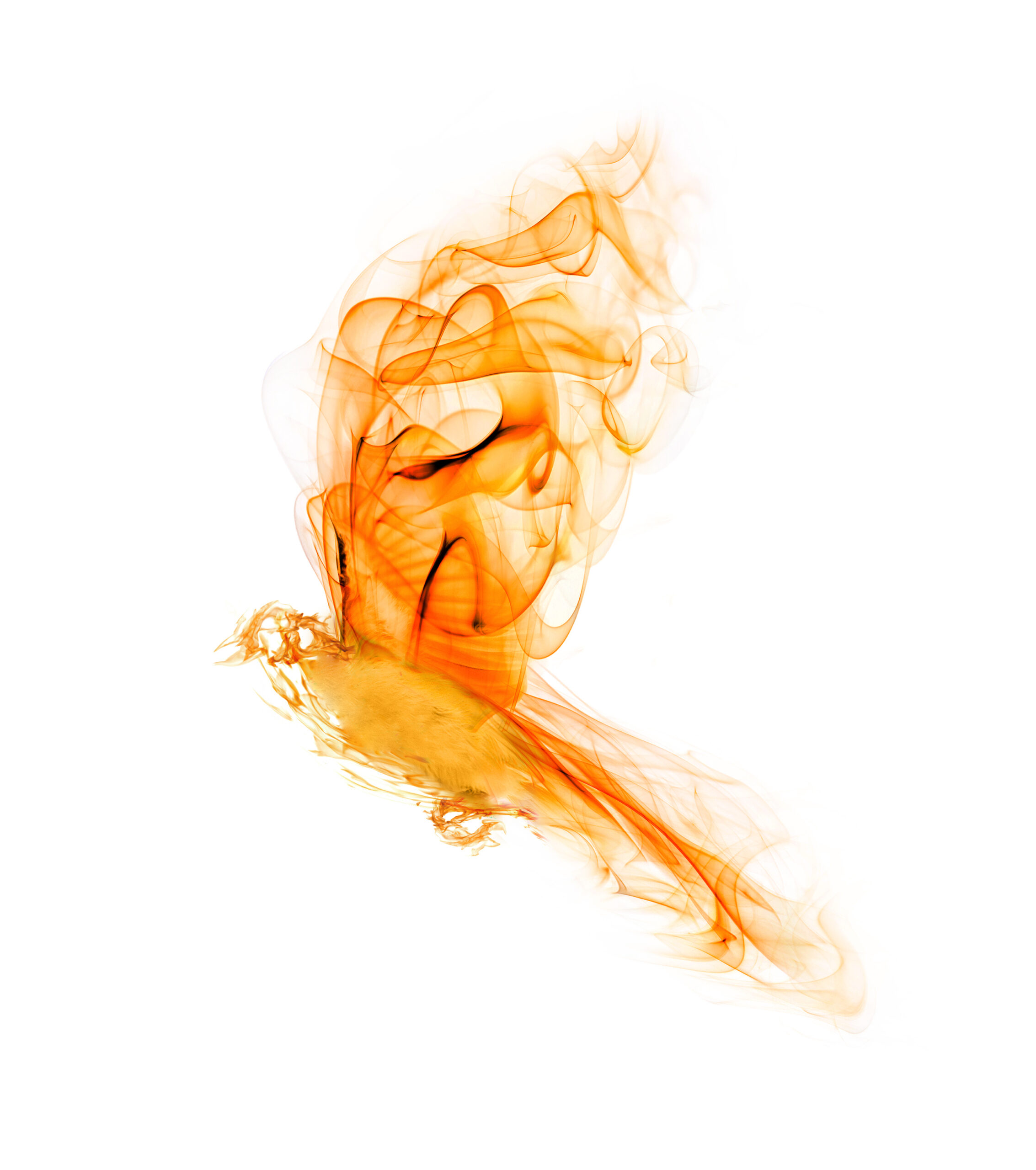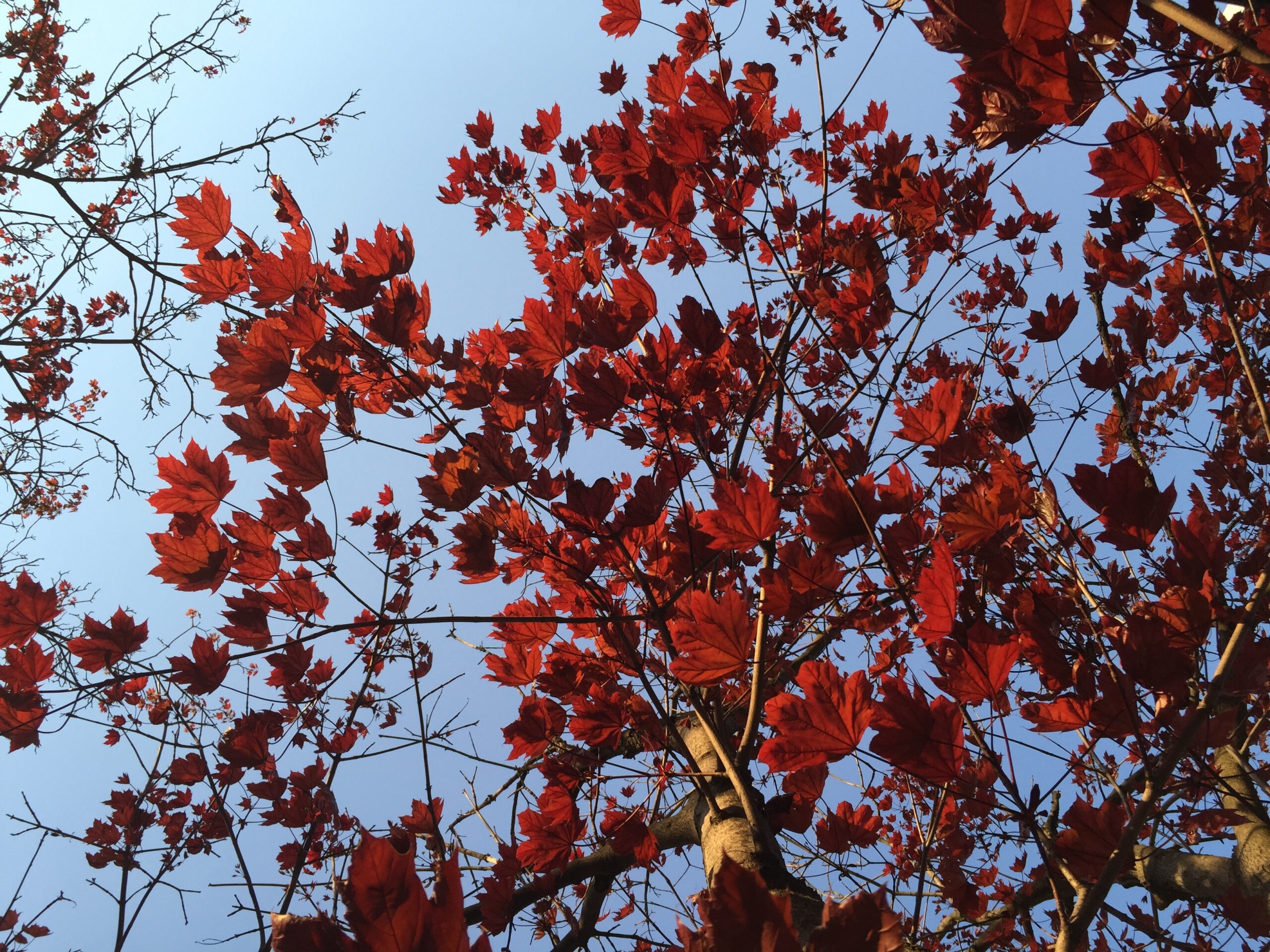January, to me, has always been the best month to teach poetry and creative writing. Something about the gray, cold skies and damp mornings just leads naturally to brooding metaphors and crisp imagery. I’ve also learned that when high school students are tired, moody, or frustrated, it’s best to just settle in with the wet blanket in the room. Even better, to give it a voice.
This was never more true than in January of 2021. My students were beyond angry and exhausted. After so many months of being bombarded with shocking news, political unrest, Covid lockdowns, and the eerie orange skies brought by the ever-present wildfires in California, they’d become numb. There was so much injustice, so much outrage, so much the students needed to say, but they didn’t. They sat six feet away from each other in our classroom and huddled behind their masks, silent. Even though we were off Zoom and back in the classroom together, there was still an odd feeling that we’d never left our living room, that we were a helpless, passive audience. No one seemed to know how to talk about it. I wasn’t sure how I would start a new semester and a new year with them when even saying “Happy New Year” felt sarcastic and got stuck somewhere between tongue and cheek.
I turned to poetry, as I often do when nothing else makes sense. I decided to begin with Naomi Shihab Nye’s poem “Burning the Old Year.” Nye’s poem is a farewell to all that has burdened us in the past year, and it’s a call to pay attention to whatever still needs movement and space. She wrote her poem in 1995, but it seemed more relevant than ever in 2021. It’s a poem asking for a fresh start, and I wanted that for my students. For all of us.
I wasn’t sure how I would start a new semester and a new year with them when even saying “Happy New Year” felt sarcastic and got stuck somewhere between tongue and cheek.
I began the usual way—we read the poem as a class and then talked in teams about our reactions. Then I asked, very generally, if they thought the poem was positive or negative. A simple question, but it led to debate immediately.
“Negative,” said a guy who is often negative. I asked which words and phrases made him think so. He pointed out the “orange, swirling flame of days.” It’s just too soon, he joked.
Another student stopped him though. She pointed out the line that follows: “an absence shouts, celebrates, leaves a space.” She argued that after the fire, whatever it was, there was room for something new. It’s positive.
“But it’s all on fire,” the first student said, insistent. We took a minute then to notice all the verbs, nouns, and adjectives connected to fire. He’s not wrong, they all agreed. The poem bursts with movement and flame.
Another student brought us to the line, “I begin again with the smallest numbers.”
Hallelujah. This is where I hoped we’d go. There is no denying the hope in that line, the desire to start anew regardless of the carnage that may have come before. Every year that I teach this poem, no matter the circumstances outside our classroom door, students seem to gravitate to this line. They like the idea of the “smallest numbers” and the fact that we don’t have to know exactly what to do yet; we just have to make a small move in the right direction. Like little Lego bricks, I remember one student saying.
I usually don’t like to discuss and dissect poems for too long at this stage, so I’m happy that we’ve arrived at the idea of fresh starts. I can move them forward now because I want some of Nye’s language and imagery to remain untouched before the students write. They inevitably groan when I tell them we’re going to engage in “forced creativity,” as they call it, but I tell them not to panic. We’re going to “begin with the smallest numbers.”
“But it’s all on fire,” the first student said, insistent. We took a minute then to notice all the verbs, nouns, and adjectives connected to fire. . . . The poem bursts with movement and flame.
This writing exercise is usually called “Word Thief” and can be used with almost any poem or even a random page from any book. But when used with Nye’s poem, I think it goes a step further than word thievery and gets closer to torch passing.
I tell students to look at the poem again and select 10 words that jump off the page. They shouldn’t be rereading the poem exactly, just skimming for 10 words that get their attention. Usually these words will be frenetic nouns and active verbs and adjectives. Students begin by merely listing these 10 words. They can only “steal” a word on its own, not an entire phrase or line, because of course that would be plagiarism and real theft.
Once students have their words selected, I tell them to share their lists with a partner—this is a low stakes conversation starter. No awkwardness surrounding the lists, just some excited “yeah I got that one too” moments to help everyone relax into writing and sharing. Then, we talk as a class for just a few minutes about why many of us selected the same words. Why did so many people write down sizzle, shuffle, and crackle? What pulls us to these words more than others? We’ve now moved very easily into a conversation about why the ear (and poets, as a result) is drawn to onomatopoeia, alliteration, assonance, and consonance, and how all the flowing, euphonic language comes to sudden halt with a word like “stone” landing so solidly at the end of a stanza. We’re also talking about how much power a single word can hold, and wondering why Nye went for a banal word like “vegetables” instead of some other mundane choice. One kid argues that the number of syllables in vegetables makes the word more interesting than others. Crunchier, he says. A few groans in the room. But we’re having a good time playing around with these words and their sounds, which is how writing should always begin, and end.
After this, it’s time for them to write something new with these words that now belong to them. I ask them to write without stopping or editing or overthinking, for seven minutes only, and I tell them the prompt is to try to use as many of the 10 words on their list as they can as they write. Of course they can and should use other words as well to string it all together, but the idea is to return to the list of words and see where and how they might push the writing to a new idea or image. What they write can be about themselves in the first person, or it can be about someone else. It can be a poem or prose—even just a journal entry would work. It can be about the new year and fresh beginnings, or not. There is no pressure here to stick to a form or a topic—the only focus is the language. What does their list of words seem to want to say?
Even the most reluctant writers in the room are quick to put pen to paper with this exercise. I think it works because rather than digging around in their brains for the perfect word that will make them sound smarter, deeper, or more “poetic,” they are moved by a different, simpler goal: use these words in any way that works. They feel comfortable experimenting with language, trying something new or strange and just seeing what will come next.
When time is up, I give them a minute to look back at what they wrote and circle a line or even just a phrase that they like. Then I ask them to share whatever they feel comfortable sharing with a partner or group around them. They can read just that one phrase or line that they circled, or they can read the whole piece. Usually, students end up sharing it all. I think it feels safe at this point because they’re all working under the same limited time frame (no room for perfectionism in seven minutes) and with the same limited language. So if it’s silly or strained, it’s OK. And I always tell them that even if they arrived at just one phrase that “sounds cool” or has that spark of originality to it, that’s a win. They should save that gem and return to it later to add more.
If there is time, I sometimes add another layer to this activity and tell students to “steal” two additional words from the list of a person next to them and add those words to their own piece somehow. Or switch poems with a partner and add lines using their first list of stolen words to give a new image or idea to what their partner began. These poems become ridiculous collaborative pieces then—something that we all own.
I remember a number of these poems: one about a high school relationship that went up in flames; another about an athlete on the court burning his last muscle to the bone for his team; one about a child waging war against the vegetables on her plate; several about the shuffle and swirl of daily routines in high school.
In that particular class in 2021, there wasn’t time for the add-on because the students wanted to spend their time hearing each other’s poems in their entirety. They shared them with each other, reading slowly but comfortably, in a way that was new to them—or maybe it was old but had lain dormant. One student, a girl who almost never spoke in class, read her poem to a small group around her just before the bell. It was a poem about swallowed tongues, flaming panic, the crackle of uncertainty. She knew I was listening, but she read on, her voice different than I expected it to be. In the end, her poem asked, “Should I speak?”
“Yes,” her group told her. “You should shout.”
This shy student beamed, and she looked stronger than I’d ever seen her. I wanted to hug her (and Naomi Shihab Nye) but since I couldn’t, I asked to hear the poem again.
Every year, I ask my students to submit the poems we write in class to our school’s literary magazine. They again accuse me of “forced creativity,” but they turn in their pieces to the magazine regardless, and several students in my classes submit the poems born from Nye’s “Burning the Old Year.” I remember a number of these poems: one about a high school relationship that went up in flames; another about an athlete on the court burning his last muscle to the bone for his team; one about a child waging war against the vegetables on her plate; several about the shuffle and swirl of daily routines in high school. But my favorite still is the one my shy student wrote about the silence that shouted in 2021. Her poem was accepted for publication in our school’s magazine, and when we read it in print, we understood it to be a call to action—not just for the girl herself to speak up, but for her classmates as well. It seemed she had also noticed the passivity, the reluctance to step forward that had seeped into everyone’s psyche during the Zoom classroom days of 2020. Her poem was frustrated, but like Nye’s poem, there was no denying the hope there, and the desire to start anew.
Nye’s poem tells us to set the dead weight ablaze, and my student’s poem demands that we fill the void left behind with bursting sound and fiery purpose. These days, I cannot think of one poem without the other. And for me, this has always been the point of teaching poetry and creative writing. We bring students the words that have come before and encourage them to add their own voices to the mix.
After all, when a poet calls out, she expects to hear back.
Featured photo by Marek Piwnicki on Unsplash.

Kristen Moraine
Kristen Moraineearned an MFA in Creative Writing from the University of San Francisco. Her work has appeared inThe Gyroscope Review,Literary Mama, andEvery Day Fiction. She is a writer and English teacher living in the Pacific Northwest with her family.



